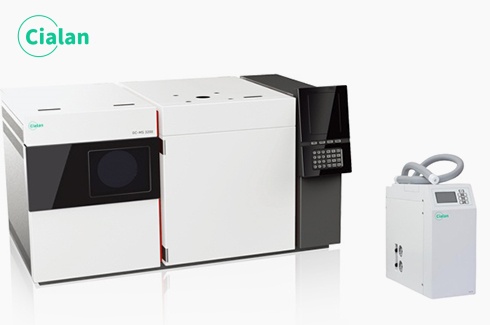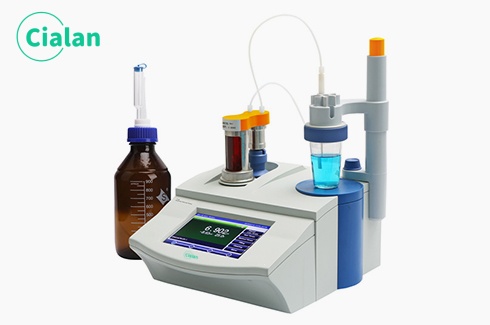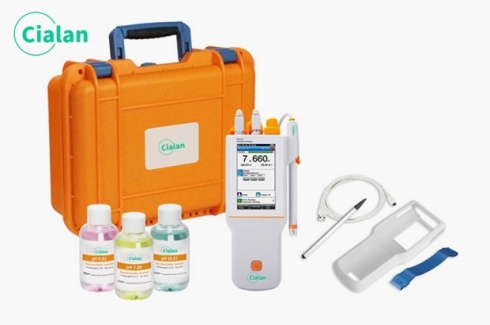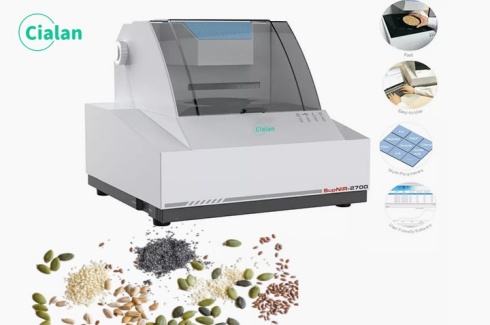What is hydride generation technique?
What is the hydride generation technique?
1.The method is a process in which trace or trace amounts of the analyzed elements are converted into gaseous hydrides by chemical methods and separated from the main components.
2.It is one of the important sampling methods for atomic spectroscopy analysis. It mainly replaces traditional liquid phase sampling with gas phase sampling. Hydrides of carbon, nitrogen, and oxygen elements are covalent compounds. The hydrides of elements such as arsenic, bismuth, selenium, tellurium, antimony, germanium, lead, and cadmium are volatile and usually in gaseous state. The hydrides of these elements can be easily introduced into the atomizer or light source of the atomic spectrometry analysis system with the help of carrier gas, and have a very high atomization efficiency. This is the best way to introduce the sample when measuring these elements (see Chemical Vapor Generation Progress technology).
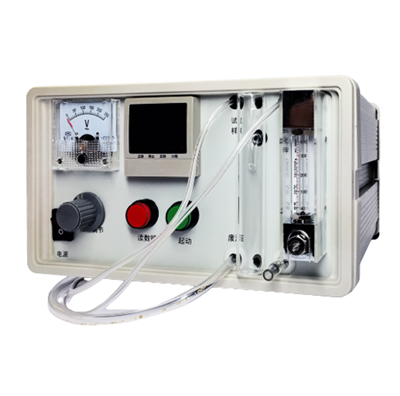
Principle.
1.There are four main hydride generation systems: metal-acid reduction system, sodium borohydride (potassium)-acid reduction system, alkaline mode reduction system and electrochemical reduction system. Among them, the sodium (potassium) borohydride-acid reduction system has the highest chloride generation efficiency, the most elements that can react, and is the most widely used.
2.The hydride reaction of this system is as follows: NaBH4 (or KBH4) + 3H₂O + H+ →→ H₃BOз + Na+ (or K+) + 8H.(mn +2)H· +E±→→mEH„↑+H2 (excess)
3.In the formula, E is an element capable of hydrogenation reaction; H is nascent hydrogen; m is equal to or not equal to n. The volatile hydrides produced are introduced into the atomizer together with the hydrogen gas.
Characteristics.
① The analyzed elements can be separated from the sample matrix that may cause interference, eliminating interference.
② The elements to be measured are fully pre-enriched through hydride reaction, and the injection efficiency is close to 100%.
③The continuous hydride generation device is easy to automate.
④Hydrides of elements with different valence states have different reaction conditions, and valence state analysis can be performed.
Application.
1.As a sampling technology, the hydride generation method can be combined with subsequent atomic spectroscopic detection technology to complete the analysis process. For example, one of the more than 30 analytical method standards for arsenic in food, chemical products, environment and other samples in China's national standards is to add arsenic-free zinc particles to the acidic sample solution and introduce the generated arsine gas into the secondary In the silver ethyldithiocarbamate solution, the new ecological silver colloidal solution that produces red color is measured by spectrophotometry.
2.The hydride generation method combined with atomic spectrum analysis methods such as atomic absorption spectroscopy, atomic fluorescence spectroscopy, inductively coupled plasma (ICP) emission spectroscopy, and ICP mass spectrometry is the most important method for trace analysis of hydride elements. In particular, hydride generation-atomic fluorescence spectroscopy has become a distinctive method in atomic spectroscopy (see atomic fluorescence spectrometry).

1.The method is a process in which trace or trace amounts of the analyzed elements are converted into gaseous hydrides by chemical methods and separated from the main components.
2.It is one of the important sampling methods for atomic spectroscopy analysis. It mainly replaces traditional liquid phase sampling with gas phase sampling. Hydrides of carbon, nitrogen, and oxygen elements are covalent compounds. The hydrides of elements such as arsenic, bismuth, selenium, tellurium, antimony, germanium, lead, and cadmium are volatile and usually in gaseous state. The hydrides of these elements can be easily introduced into the atomizer or light source of the atomic spectrometry analysis system with the help of carrier gas, and have a very high atomization efficiency. This is the best way to introduce the sample when measuring these elements (see Chemical Vapor Generation Progress technology).

Principle.
1.There are four main hydride generation systems: metal-acid reduction system, sodium borohydride (potassium)-acid reduction system, alkaline mode reduction system and electrochemical reduction system. Among them, the sodium (potassium) borohydride-acid reduction system has the highest chloride generation efficiency, the most elements that can react, and is the most widely used.
2.The hydride reaction of this system is as follows: NaBH4 (or KBH4) + 3H₂O + H+ →→ H₃BOз + Na+ (or K+) + 8H.(mn +2)H· +E±→→mEH„↑+H2 (excess)
3.In the formula, E is an element capable of hydrogenation reaction; H is nascent hydrogen; m is equal to or not equal to n. The volatile hydrides produced are introduced into the atomizer together with the hydrogen gas.
Characteristics.
① The analyzed elements can be separated from the sample matrix that may cause interference, eliminating interference.
② The elements to be measured are fully pre-enriched through hydride reaction, and the injection efficiency is close to 100%.
③The continuous hydride generation device is easy to automate.
④Hydrides of elements with different valence states have different reaction conditions, and valence state analysis can be performed.
Application.
1.As a sampling technology, the hydride generation method can be combined with subsequent atomic spectroscopic detection technology to complete the analysis process. For example, one of the more than 30 analytical method standards for arsenic in food, chemical products, environment and other samples in China's national standards is to add arsenic-free zinc particles to the acidic sample solution and introduce the generated arsine gas into the secondary In the silver ethyldithiocarbamate solution, the new ecological silver colloidal solution that produces red color is measured by spectrophotometry.
2.The hydride generation method combined with atomic spectrum analysis methods such as atomic absorption spectroscopy, atomic fluorescence spectroscopy, inductively coupled plasma (ICP) emission spectroscopy, and ICP mass spectrometry is the most important method for trace analysis of hydride elements. In particular, hydride generation-atomic fluorescence spectroscopy has become a distinctive method in atomic spectroscopy (see atomic fluorescence spectrometry).




